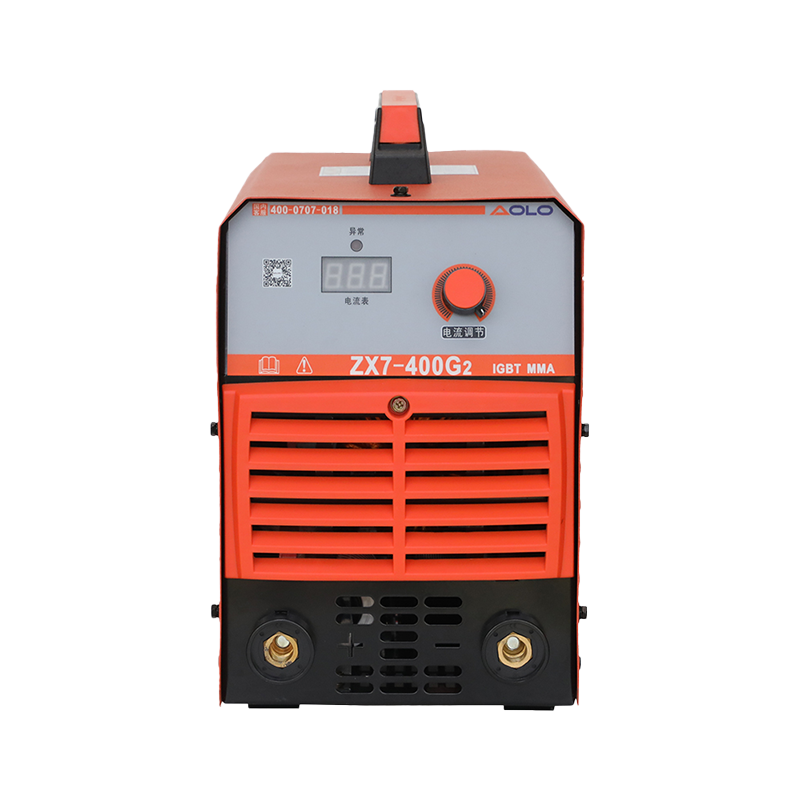NBC-315Y 220V/380V 300A IGBT Inverter Portable welder Built-in wire feeder 2T/4T MIG/MAG(GMAW)
Cat:Gas shielded welding machine
1、The machine adopts a phase-shifted full-bridge inverter main circuit...
See DetailsManual arc welders machine are essential tools for a variety of industries, offering versatility and reliability in joining metal parts. Over time, wear and tear on parts can affect the performance and efficiency of these machines. In this article, we will explore the process of replacing worn parts on a manual arc welder to maintain optimal functionality.
The first step in replacing worn parts on a manual arc welder is to determine which parts are wearing and may need to be replaced. Common parts that wear in a manual arc welder include the electrode, nozzle, contact tip, cable, and clamp. Inspect these parts regularly for signs of damage, deformation, or excessive wear. Once you have identified the worn parts of your manual arc welder, it is important to source the appropriate replacement parts. Make sure the replacement parts are compatible with the specific make and model of manual arc welder.
Quality replacement parts from reputable manufacturers are essential to ensure the longevity and performance of your machine. Before replacing any parts, ensure that the manual arc welder is turned off and disconnected from the power source to prevent accidents or injuries. Gather the tools needed for the replacement process, including wrenches, screwdrivers, pliers, and any specialized tools needed to access and remove worn parts. If the electrode is worn or failed, carefully remove the welding clamp from the welding gun or torch. Unscrew the worn electrode and replace it with a new one of the appropriate size and type. Secure the electrode holder back in place, ensuring proper alignment.
For MIG/MAG welders, worn nozzles and contact tips can affect weld quality. Use the appropriate tools to remove worn parts from the welding gun and replace with new ones. Make sure the nozzle and contact tip are securely tightened to prevent gas leaks or poor electrical contact.
Inspect the welding cable and grounding clamp for signs of damage, such as cuts, wear, or corrosion. Replace any damaged cables or clamps with new ones of the same specification. Make sure all connections are tight and secure to maintain proper conductivity. After replacing worn parts, perform a thorough inspection of the manual arc welder to ensure that all components are properly installed and secured. Test the machine under load conditions to verify its functionality and weld quality.

If necessary, calibrate the machine to the manufacturer's specifications to optimize performance. To extend the life of your manual arc welder and minimize the need for frequent part replacement, implement a regular maintenance schedule. Clean the machine regularly to remove debris, dust, and weld spatter that can accelerate component wear. Lubricate moving parts as recommended by the manufacturer to reduce friction and extend component life.
Replacing worn parts in a manual arc welder is essential to maintaining optimal performance and weld quality. By following proper identification, purchasing, preparation, replacement, testing, and maintenance procedures, operators can ensure the longevity and reliability of their manual arc welders, resulting in efficient, high-quality welding operations.
Contact Us